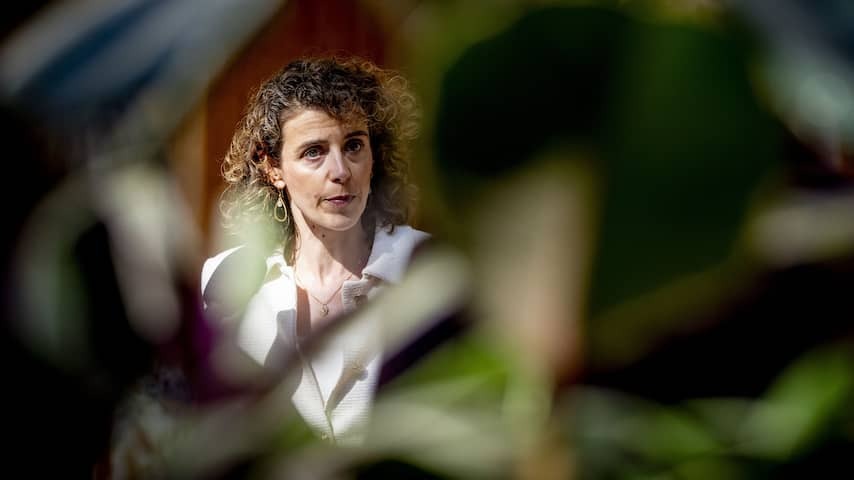
The cabinet will likely pause the CO2 levy that the industry has to pay from 2026. However, compensation still needs to be found for the revenues that the government will miss as a result, and possibly also for EU subsidies that are related to the introduction of the climate tax.
Outgoing Climate Minister Sophie Hermans says in a letter to the House of Representatives that it is still unwise to abolish the CO2 levy without fully mapping out the consequences. Nevertheless, a majority in the House of Representatives called for this, supported by her own party, the VVD.
A right-wing majority in the House of Representatives wants to abolish the levy to prevent the industry from fleeing the Netherlands. Energy-intensive companies complain about high energy costs. This increase is partly due to increased purchase costs for gas, but also to policies from Brussels and The Hague, such as environmental levies and network tariffs for access to the electricity grid. On Tuesday afternoon, a noise action was held in many industrial estates to sound the alarm.
Hermans says she recognizes the concerns of the House of Representatives about the future of the industry, but wants to go through a “careful process”. The CO2 levy is therefore not completely abolished: the rate will go to zero until 2030. That can be done at the earliest from next year.
This step is also not entirely certain yet, because Hermans first wants to investigate for whom this zero rate will apply. The House of Representatives seemed mainly concerned about industrial companies that emit a lot of CO2. But waste incineration plants also fall under the CO2 levy. It is unclear whether the rate should also be zero there.
Moreover, the abolition of the tax creates a hole in the budget. Until now, the levy has not yielded a cent, because it only applies if the European CO2 prices are (too) low. That has not been the case so far.
It is expected that there will be income from the levy in the coming years, increasing to more than 200 million euros in 2028. Of that, 125 million euros would come from the industry.
The parties that supported the abolition of the CO2 levy, including PVV, VVD, BBB and CDA, have not put forward any plans to collect that money elsewhere. This also has consequences for making the industry more sustainable, because the proceeds from the levy go to climate fund subsidies that help the business community become greener.
In addition, a maximum of 1.2 billion euros in subsidies from the European corona recovery fund is linked to the CO2 levy. Hermans says she will find out in Brussels whether it is still possible to claim that pot of money if the CO2 levy is abolished or paused.
The outgoing cabinet wants to talk to the industry this summer about alternative ways to ensure that CO2 emissions fall. The climate impact of the CO2 levy would be limited for 2030, but the abolition makes the climate goals for that year even further out of reach.
An independent chairman will guide discussions about the sustainable future of the industry and put policy proposals on the table before November 1.